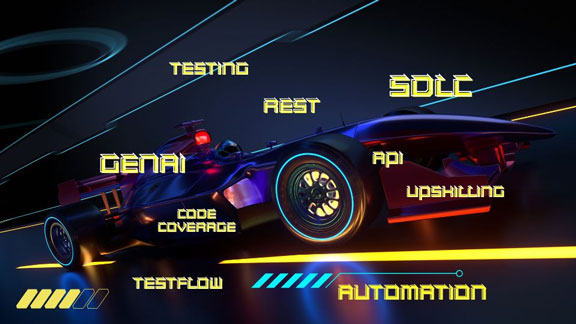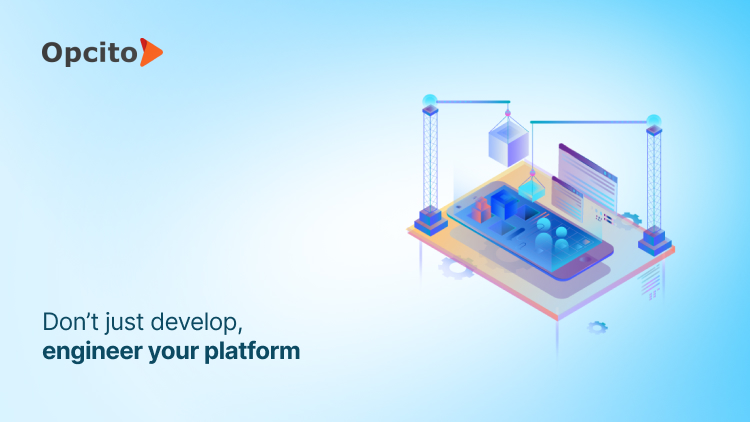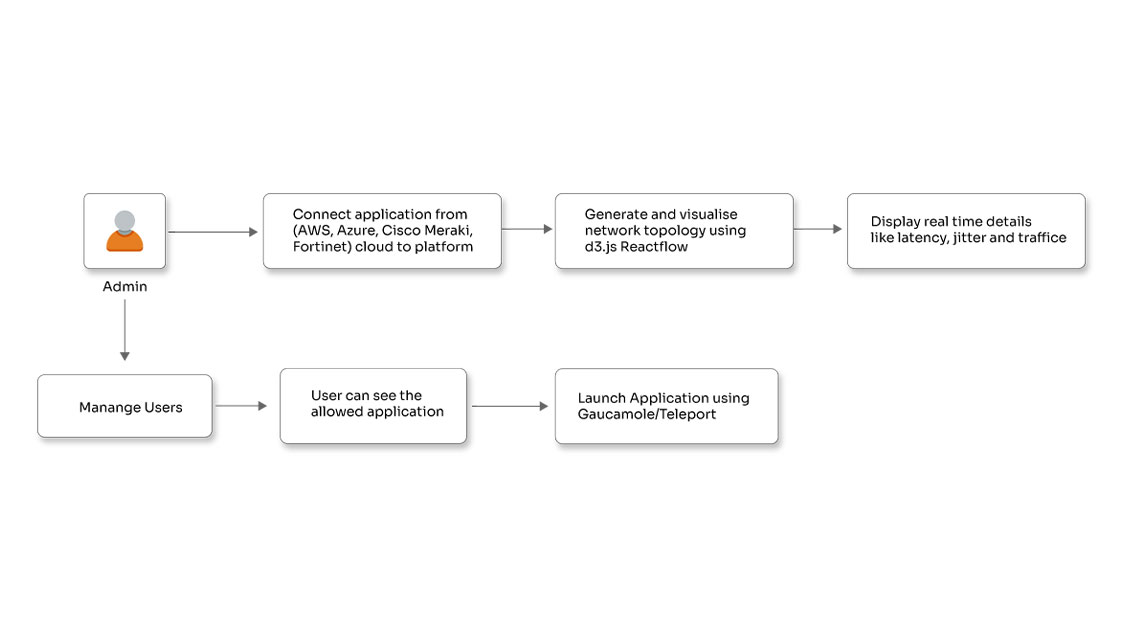Microfrontend – What is it and what are its benefits?

Posted By
Sachin Warke

Monolithic applications have been the backbone of web development and offered a simple way to build applications for years. However, as features piled on, monolithic codebases became a nightmare to maintain, slowed deployments, and limited scalability. That's where microfrontends came into the picture, offering a revolutionary approach to building complex UIs. By breaking down the UI into independent, feature-focused applications, microfrontends today offer a modular and scalable solution. Imagine building blocks, each with a specific purpose and the freedom to be developed and deployed independently. Simple, isn’t it, let's explore how microfrontends work and how they empower dev teams by simplifying the large UIs.
What are microfrontends?
Microfrontends are an architectural approach that breaks down monolithic web applications into smaller, independent, self-contained units. Inspired by the success of microservices in backend development, a microfrontend architecture applies the same principles to the user interface. Each UI component or page becomes a mini-application, developed, tested, and deployed independently. Different teams can own these microfrontends, allowing faster development cycles and improved code maintainability. Furthermore, microfrontends can leverage different technologies based on specific needs, and individual updates don't impact the entire application. This modularity also simplifies testing, as each micro frontend can be tested in isolation, leading to improved code quality.
Imagine building a bridge the old way: pouring concrete on-site and waiting for it to cure—slow and cumbersome. Microfrontends are like precast bridges: pre-built sections are developed independently and assembled quickly. This modular approach, like precast construction, offers speed, flexibility, and easier maintenance for complex web applications.
What are the key characteristics of microfrontends?
- Independent development and deployment: Microfrontend architectures are self-contained mini-applications. Each one can be developed, tested, and deployed independently of the others.
- Focused ownership of functionalities: Since microfrontends are responsible for specific functionalities, ownership becomes clear.
- Technology agnostic: Unlike monolithic applications tied to a single framework, microfrontends can leverage the most suitable technology for the job. For example, a data-heavy dashboard might use React, while a simple login form could utilize a lighter framework like Vue.js.
What are the benefits of microfrontends?
Here are the top five benefits of adopting a micro frontend structure.
- Faster development and easier maintenance: Forget monolithic applications where changes can take forever. Microfrontends allow independent development for different UI sections. This means multiple teams can work simultaneously, accelerating development. Smaller codebases within each micro frontend architecture make updates and maintenance a breeze.
- Improved performance, happy users: Imagine a sluggish website. Microfrontends break down the UI into smaller components, each optimized for speed. This translates to faster loading times and a more responsive user experience, keeping visitors happy.
- More scalability: Adding features with microfrontends is like adding building blocks. Simply create a new micro frontend for the new feature. This modular approach allows for effortless scaling of the application – perfect for growing web applications.
- Team ownership and modernization: Microfrontends empower teams to own specific UI functionalities. This fosters accountability and expertise within each team. They can also leverage the best technology for each feature, keeping the application modern and efficient.
- Continuous improvement with streamlined testing: Testing a complex UI can be a nightmare. Microfrontends allow for individual component testing, making the process faster and simpler. Additionally, this modularity allows for frequent updates and incremental improvements without impacting the entire application, promoting a more agile development workflow.
By embracing microfrontends, developers gain a powerful way of building complex UIs with greater speed, agility, and maintainability. This ultimately leads to a more performant, scalable, and user-friendly experience.
Microfrontends - building blocks for faster, better, and futuristic UIs
When are microfrontends the right choice? Consider them if your web application has a large and complex UI, involves multiple development teams, requires the ability to leverage the best technology for each feature, or anticipates significant growth in the future. Embrace microfrontends and build UIs with speed, efficiency, and a future-proof mindset. Opcito is here to help you unlock the power of microfrontends. Our micro frontend experts can guide you through the entire process, from evaluating whether they fit your project to developing a customized implementation strategy. We can design, build, and maintain your architecture, ensuring a performant and scalable application for years. Write to us at contact@opcito.com to learn how we can assist you.




















